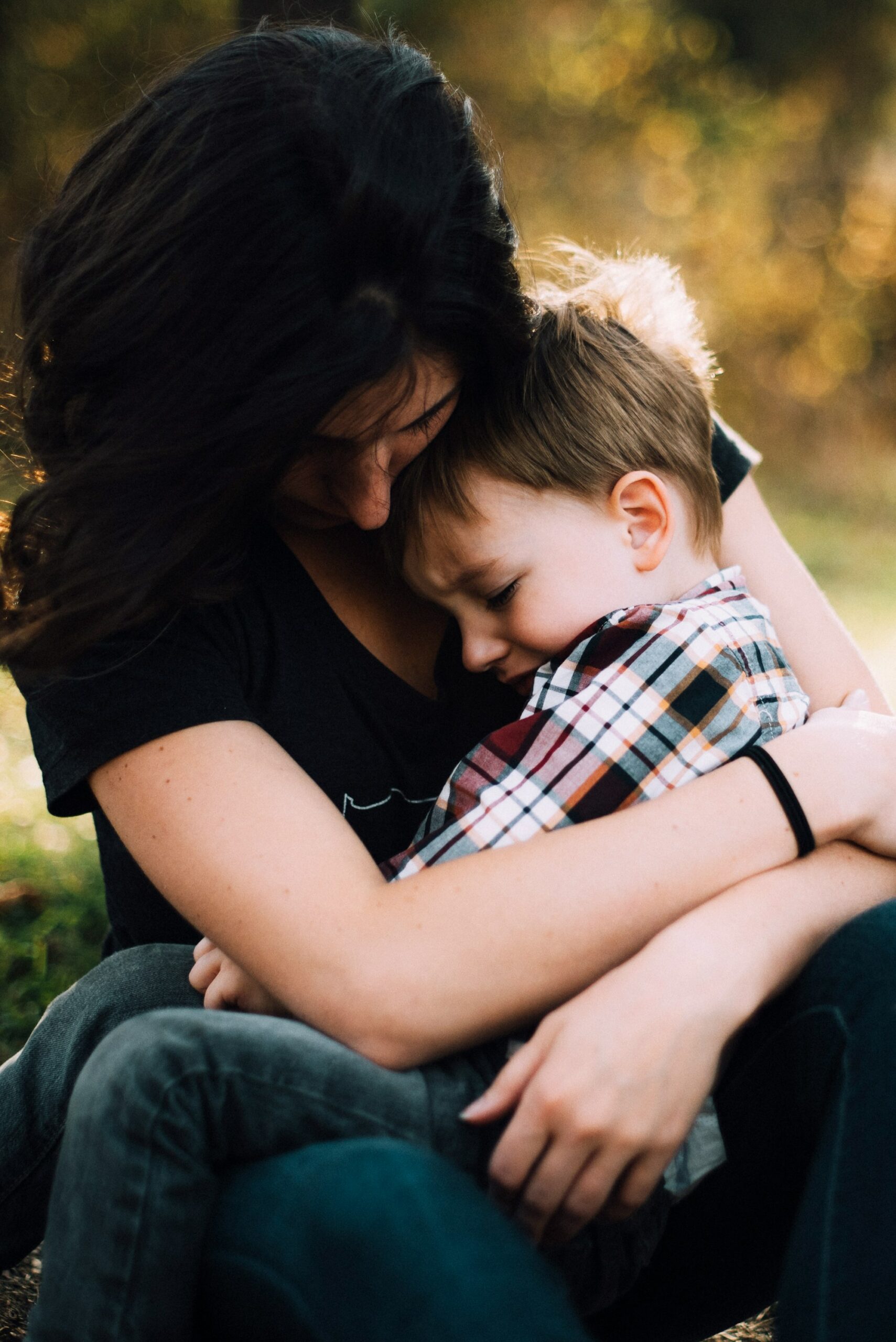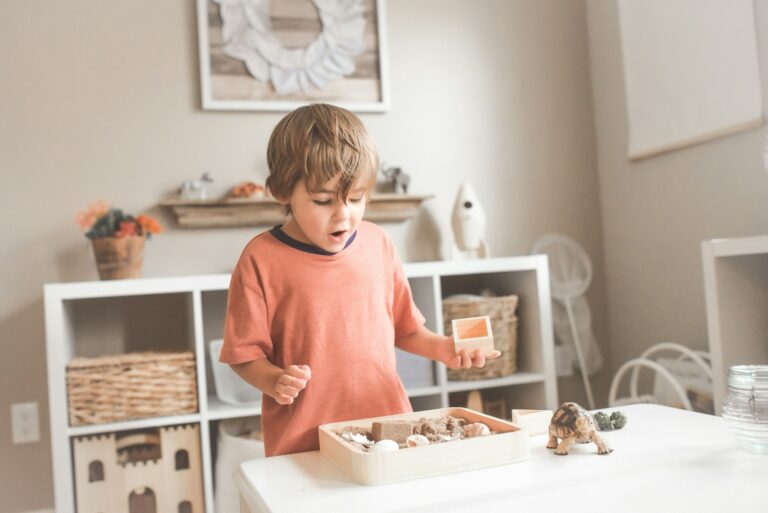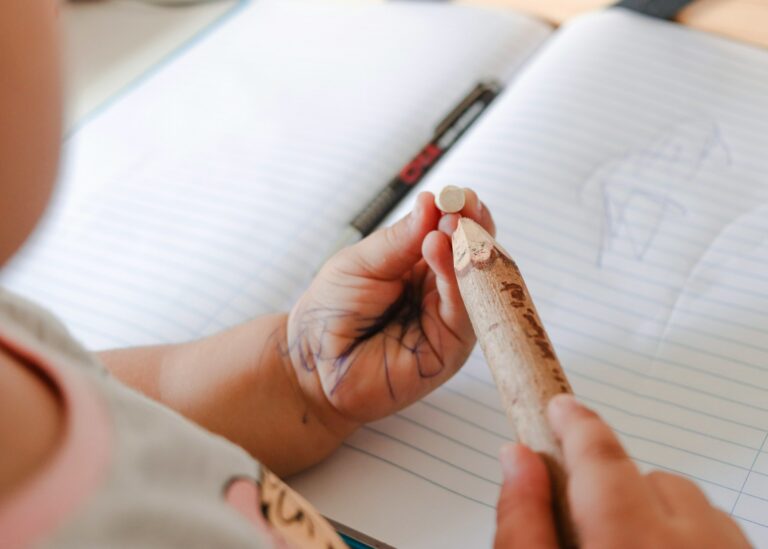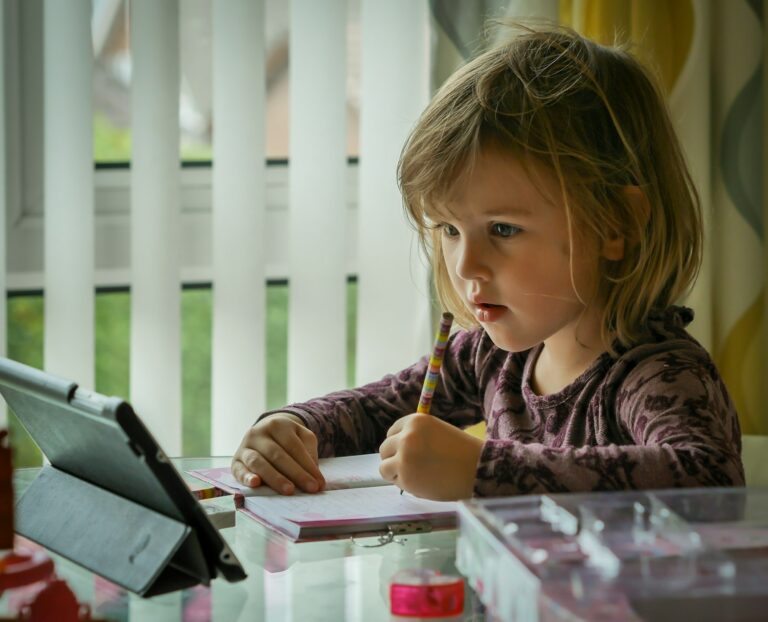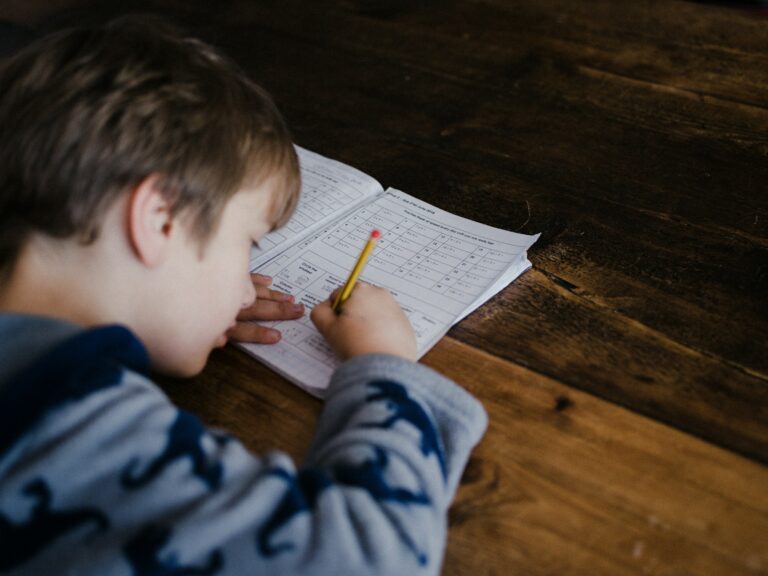Unpredictable meltdowns. Tearful outbursts over a seemingly minor frustration. The clenched jaw when a toy exchange goes awry. Every parent knows the intensity of childhood emotions, but fewer feel confident about how to respond. Teaching children to manage their emotions sounds straightforward, yet the science reveals a process that is both fascinating and intricate—an interplay of brain maturation, social feedback, and gently acquired skills. If you’ve ever paused, unsure how best to support your child through tidal waves of anger or heartbreak, you’re in good company. Anxiety about the effects of unregulated emotions—on school success, relationships, and even long-term wellbeing—is widespread. Fortunately, trusted approaches based on developmental science provide actionable tools. You’ll discover how emotional regulation works, which strategies build resilience, and why teaching children to manage their emotions early is an investment in lifelong mental health.
The science of emotional regulation: decoding childhood feelings
Emotional regulation is not just a buzzword—it’s the development of neural circuits in the brain that enable a child to notice, understand, and respond to feelings with increasing flexibility. Brain imaging studies confirm that regions governing emotion (like the amygdala) and those needed for self-control (the prefrontal cortex) connect gradually, explaining why a toddler’s yelling makes sense from a biological standpoint. For children, this ability is about recognizing specific emotional states, labelling them (“angry”, “excited”), and practicing ways to cope. Resilience, well documented as the ability to adapt to change and adversity, depends heavily on these foundational skills.
Does it matter whether a young child can tell sadness apart from disappointment or describe the tension in their own body? Absolutely. Research published by the American Academy of Pediatrics demonstrates that teaching children to manage their emotions predicts fewer behavioral challenges, stronger peer ties, and reduced anxiety—outcomes every parent wants.
Anatomy of emotion: primary, secondary, and everything in between
The journey starts early, even before the first words. By six months, studies show babies already distinguish between the classic six primary emotions: joy, anger, sadness, fear, surprise, and disgust. These “hardwired” reactions—blushing cheeks for embarrassment or a frown for distress—are visible in every culture. No baby needs language to sense anger in a raised voice or warmth in a parent’s smile. It’s the first blueprint of emotional literacy.
Soon, a new set emerges. Around 18 months, secondary (or moral) emotions surface: empathy, pride, shame, and even guilt. Unlike primary emotions, these develop alongside self-awareness and an understanding of social rules. If you’ve ever wondered why a toddler seems unable to process complex discussions about “right and wrong” after biting a playmate, neuroscience offers the answer—their brain simply isn’t ready. Instead of banishing a child to “think about what you’ve done,” evidence suggests clearer boundaries and discussions about repairing harm (for example, helping a friend clean up) foster empathy far more effectively.
The power of naming: how vocabulary shapes emotion
Labelling emotions may sound simplistic, yet it’s one of the most effective interventions available. When parents regularly identify and discuss what their child (or storybook characters) might be feeling, it strengthens self-awareness and builds emotional vocabulary. “You seem frustrated—did something happen?” is not just idle talk: EEG studies show children who often hear and use such language activate brain areas tied to both emotional processing and social cognition.
Tools like visual emotion charts—where colored zones represent sadness, calmness, anxiety, or anger—support even non-verbal children. Picture cards with varied facial expressions help knit together language and inner state. Over time, teaching children to manage their emotions through these supports enables them to notice subtle signs: a pounding heart, sweaty palms, clenched fists—all clues signaling that feelings are surging.
Home as a laboratory: the pivotal role of parents and caregivers
If emotional skills are a science, then families provide the daily laboratory. Children mirror what they see. Calmly describing your own feelings, demonstrating deep breathing, or even narrating a stressful moment (“I feel overwhelmed, so I’ll take a minute to breathe”) offers a real-time tutorial. This modeling is not about perfection but visibility—showing that all feelings, even difficult ones, are manageable.
A nurturing environment, backed by robust data in developmental psychology, means allowing children to express feelings without fear of judgment. A simple “I see you’re upset” validates their experience. When you label their emotion instead of dismissing it, you fuel secure attachment, a cornerstone of resilience. Wondering if your daily routines matter? Evidence confirms that children in predictable, compassionate surroundings are more likely to master emotional self-control.
Building emotional intelligence: from recognition to regulation
Every parent aspires to help their child develop emotional intelligence—a skillset encompassing not only emotional recognition and expression, but also empathy, adaptable coping strategies, and social competence. The path might include:
- Identifying triggers: Is your child overwhelmed by loud noises, unexpected changes, or crowded spaces? Discussing these scenarios in advance allows children to anticipate and prepare.
- Recognizing physical cues: Tight muscles, fidgety hands, or a fluttery chest—pointing these out guides children to listen to their bodies, an early form of self-monitoring.
- Trying diverse coping techniques: Deep breaths, squeezing a soft toy, counting to ten, or seeking comfort from an adult all provide relief. Some children need tools like noise-canceling headphones or a “calm corner” to reset.
- Patience and consistency: Repetition—much like learning to ride a bike—cements these skills. Setbacks are natural. Encouraging gentle trial and error fosters lasting progress.
Notably, evidence suggests that teaching children to manage their emotions by reinforcing these techniques is equally effective for both typically developing children and those with heightened sensitivity.
Practical tools: from mindfulness to problem-solving
Theory finds its greatest ally in action. For many families, hands-on tools matter most when meltdowns loom:
- Mindfulness and creative activities: Structured breathing (inhale through the nose, exhale through the mouth) activates the parasympathetic nervous system, which dampens stress signals. Art, dancing, or imaginative play transform feelings into movement or shape, reducing pressure first and unlocking language later.
- Role play and “I feel” statements: Encouraging your child to verbalize (“I feel sad when I don’t get a turn”) builds both empathy and communication. Practicing common social dilemmas through play prepares children for real-world encounters.
- Emotion coaching with stories: Reading books in which characters navigate difficult feelings opens up non-threatening discussion. Asking, “Why do you think she felt nervous?” encourages perspective-taking—a keystone of social intelligence.
Adapting to unique needs: supporting the highly sensitive child
Not every coping strategy fits every child. Some are innately more responsive to sound, changes in routine, or stress; they may require more frequent breaks, extra time to transition, and a heavier dose of reassurance. Spotting signs—rapid distress, refusal, withdrawal—suggests higher emotional sensitivity. Here, collaboration and respect lead the way: Work with your child to identify what feels soothing, create predictable routines, and offer plenty of “downtime” after stimulating activities. Never underestimate the value of presence; just being nearby during an emotional storm can help regulate the nervous system.
Emotions in transition: supporting children across ages
Emotional development is dynamic. For toddlers, immediate comfort (a reassuring touch, distraction, or a few calm words) remains the gold standard, as complex reasoning is beyond their biological reach. Visual supports, simple stories, and repetitive routines work wonders in the preschool years.
As children mature, independence grows. School-age kids and adolescents need space to reflect and problem-solve—sometimes faltering, often succeeding with gentle coaching. Encourage personal responsibility for coping, while maintaining an open line for difficult conversations. Monitoring for warning signs—withdrawal, persistent sadness, or disruptions in sleep and appetite—remains vital.
The influence of school and peers
Beyond the family, educators shape emotional learning significantly. Social-emotional learning (SEL) programs in classrooms utilize group discussions, conflict-resolution games, and emotion charts to reinforce skills nurtured at home. Communicate openly with teachers when your child needs extra support—it’s well established that collaboration between parents and educators enhances outcomes.
Regular conversations about friendships and “playground dynamics” equip your child to handle social stressors. Practicing responses to peer conflicts through role-play, and encouraging your child to seek adult help when needed, lays the groundwork for social resilience.
Troubleshooting: tantrums, mood swings, and emotional overload
Tantrums are not moral failings—they’re the result of a nervous system under pressure, particularly in young children whose inhibitory circuits are still maturing. The medical literature emphasizes staying calm, naming your child’s experience, and providing comfort as first-line responses. Afterwards, discuss what happened, and explore together what might help next time. Routines and “safe places” for big feelings can dramatically reduce both intensity and frequency.
If emotional overwhelm becomes a pattern, track possible triggers and adjust support. Regularly practicing deep breathing, gentle stretching, or creative activity as daily habits bolsters your child’s emotional toolbox.
Monitoring growth: how to know if progress is happening
Progress is not always linear. Look for increased vocabulary related to emotions, greater willingness to ask for help, an uptick in empathy, and more independent regulation (“I need a break”). Step back gradually as your child’s readiness grows, always leaving a safety net for tougher days.
Avoid linking affection to emotional performance. Shun criticism after setbacks—celebrating effort encourages perseverance, while criticism dampens confidence and trust.
When additional support is needed: red flags and resources
Sometimes, even the best strategies may not suffice. Persistent, intense reactions that disrupt daily functioning, withdrawal from activities, or ongoing difficulties at school signal that further evaluation is warranted. Pediatricians, psychologists, school counselors, and therapists are equipped to assess and tailor interventions like cognitive behavioral therapy, emotion coaching, or play therapy.
Early engagement with a professional makes a significant difference. Start conversations promptly, share observations, and be open to collaborative planning. Expert guidance, rather than a sign of failure, is a testament to your dedication to your child’s health.
Key Takeaways
- Teaching children to manage their emotions wires the brain for adaptability, calm, and positive social relationships—qualities linked to both academic and emotional success.
- Emotional skills are not innate for most children. Structured guidance, patient modeling, and validation from caring adults make a difference, every single day.
- There’s no one-size-fits-all path: strategies should reflect each child’s personality, sensitivities, and developmental stage.
- Teachers, pediatricians, and mental health specialists are excellent partners in fostering emotional growth—and early intervention is powerfully protective.
- Remember: compassionate routines, vivid language, creative outlets, and evidence-based support unlock your child’s vast capacity for resilience.
- For tailored advice, practical questionnaires, and ongoing support for your child’s health, you can download the Heloa app—your ally in parenting well-being.
By understanding the science, practicing empathy, and embracing practical strategies, teaching children to manage their emotions becomes not just a parental task, but a life-changing gift.
Questions Parents Ask
How can I help my child express their emotions in words, especially if they’re not very verbal?
Supporting a child who struggles to verbalize emotions can be challenging, but there are gentle ways to encourage communication. You might introduce feeling charts with faces or colors, or use storybooks that prompt discussion about how characters feel. Sometimes, drawing a picture, acting out situations with toys, or having your child pick cards that show different emotions allows them to share what’s inside without needing many words. Celebrate every effort, no matter how small, and remember: with time and patience, most children become more comfortable putting their feelings into words.
Are there simple tools or resources I can use at home to teach emotional regulation?
Absolutely! Many families find that emotion flashcards, printable worksheets, or visual routines (like a “feelings thermometer”) offer easy ways for children to recognize and discuss their emotions. Some parents create a “calm corner” at home with soft toys, paper for drawing, or sensory items—a special spot dedicated to taking a break and using coping strategies. Simple breathing exercises or silly “shake it out” dances can also be practiced together. These tools can be adapted as your child grows and are helpful both in moments of calm and whenever big feelings appear.
My child becomes very overwhelmed in noisy or busy places. Is this normal, and what can I do?
It’s completely normal for some children to be more sensitive to their surroundings, especially noises, crowds, or unexpected changes. Each child’s comfort level is unique and may evolve over time. If you notice your child gets easily distressed in these settings, try to prepare them in advance by explaining where you’re going and what might happen. Offering a favorite object, using noise-canceling headphones, or planning for quiet breaks can make these experiences less intense. Over time, helping your child recognize when they start to feel overwhelmed, and having a plan in place, reassures them and builds confidence in handling new situations.

